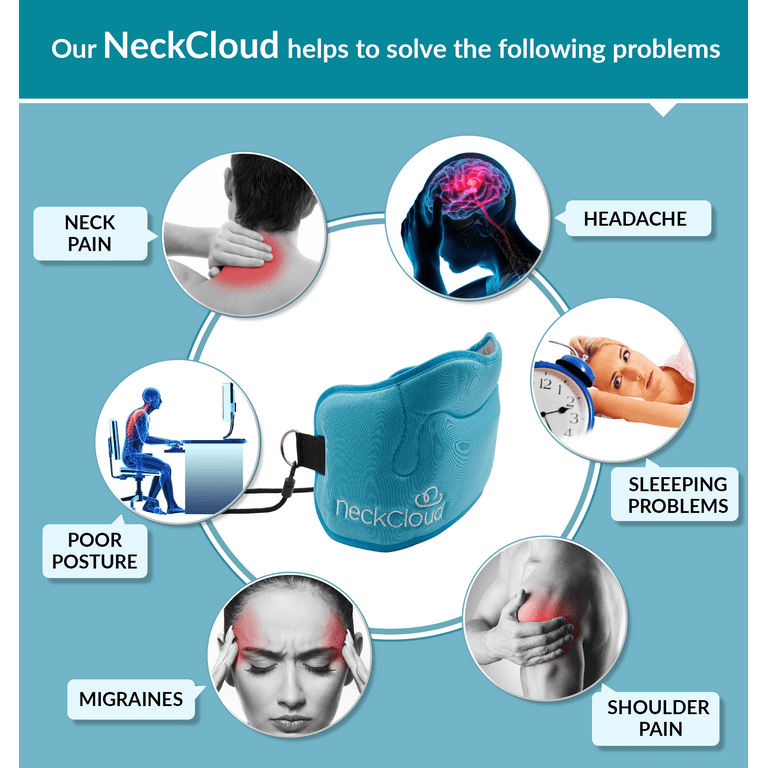Neck Pain in the Office: Determining Risk Factors and Implementing Ergonomic Solutions
Neck discomfort in the workplace is a common issue that can influence employee health and efficiency. By comprehending the different risk factors contributing to neck discomfort and carrying out ergonomic solutions, organizations can develop a more conducive work atmosphere.
Usual Root Causes Of Neck Pain
Neck discomfort in the office is a widespread issue that can be credited to a number of typical reasons. Among the key wrongdoers is poor pose, which often results from extended periods of sitting inaccurately at a desk or workstation. This can lead to strain on the neck muscles and joints, causing discomfort and discomfort. In addition, repeated activities such as constant flexing, turning, or getting to can additionally add to neck discomfort gradually. Stressing the neck by holding it in an unpleasant setting for extended periods, like supporting the phone between the ear and shoulder, can worsen the concern (neck cloud).

Ergonomic Risk Elements
Poor functional designs in the office can dramatically contribute to neck pain among employees. Aspects such as inappropriate workdesk elevation, poor chair assistance, and uncomfortable positioning of computer displays can all contribute in the advancement of neck discomfort. When staff members are required to rest for extensive durations ready that stress their neck muscular tissues, it can cause tightness, discomfort, and much more severe bone and joint issues over time.
Additionally, poor ergonomic practices can cause staff members taking on awkward postures while functioning, such as craning their necks to see a computer display or reaching uncomfortably for a mouse or key-board. neck cloud. These repeated motions and abnormal positions can put excessive stress on the neck and surrounding muscles, resulting in discomfort and decreased efficiency

Workdesk Setup Recommendations
To minimize the risk of neck discomfort and discomfort, there are a number of workdesk setup suggestions that employees ought to think about. Make sure that the computer screen is placed at eye level to stop straining the neck by looking up or down.
It is additionally important to have sufficient lighting to lower eye stress, as scrunching up your eyes or leaning onward can bring about neck stress. Arrange the workdesk design to maintain frequently used products within arm's reach, restricting the requirement for recurring turning or getting to motions. By carrying out these desk arrangement referrals, workers can create an extra ergonomic work area that sustains neck wellness and reduces the risk of creating occupational neck discomfort.
Extending and Workout Tips
To preserve versatility and decrease muscle mass stress in the workplace, integrating extending and workout routines can be helpful for total visit this site wellness and performance. Basic desk-friendly stretches can help alleviate neck discomfort and protect against rigidity. Neck rolls, shoulder shrugs, and gentle side-to-side neck stretches are reliable in relieving stress. Furthermore, incorporating workouts like chin tucks, shoulder blade presses, and top back stretches can aid reinforce muscle mass that sustain excellent position.
Establishing pointers or making use of apps that motivate activity can aid develop a routine stretching regimen. By focusing on these tasks, you can improve your physical well-being, decrease the danger of neck pain, and boost your overall performance in the work environment.
Importance of Regular Breaks
In a fast-paced job setting where demands can contribute to physical pressures like neck discomfort, developing a regimen that stresses the importance of routine breaks is vital. By integrating brief breaks right into the work regular, workers can reduce the risk of establishing neck pain and enhance general comfort and productivity.
These breaks can likewise serve as a chance for staff members to exercise relaxation techniques or mild neck stretches, additionally promoting bone and joint health and wellness. Implementing a culture that values and focuses on regular breaks can have a considerable effect on reducing neck pain and boosting overall well-being in the workplace.
Conclusion
Finally, resolving ergonomic danger aspects and carrying out proper workstation setups are vital in lowering neck pain in the office. By promoting excellent stance, offering sufficient assistance, and encouraging normal breaks and stretches, companies can develop a healthier and much more effective job atmosphere for staff members. Prioritizing recommended you read worker health with ergonomic options is vital to stopping pain and improving total office satisfaction.
Neck discomfort in the work environment is a prevalent issue that can impact worker wellness and productivity. By recognizing and dealing with these common causes of neck discomfort in the office, companies can take aggressive steps to create a more comfortable and ergonomic job setting for their staff members.
Poor functional designs in the office can considerably add to neck discomfort among staff members. By carrying out these desk arrangement suggestions, employees can produce a much more ergonomic work visit this page space that supports neck wellness and decreases the threat of developing occupational neck pain.
Neck rolls, shoulder shrugs, and mild side-to-side neck stretches are effective in easing stress.